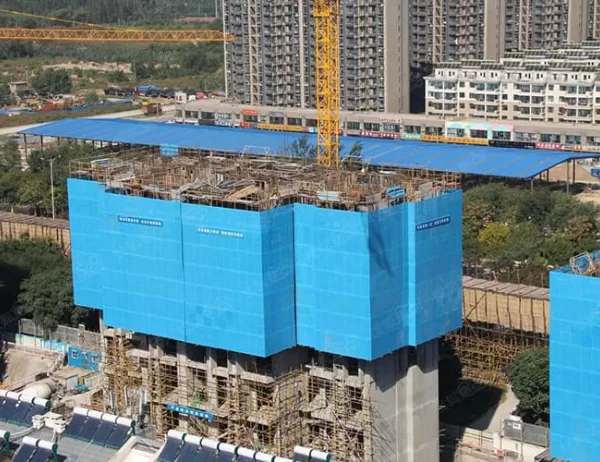Aluminium cabinet profiles have become increasingly popular in interior design due to their versatility, durability, and aesthetic appeal. These profiles offer numerous advantages, transforming the functionality and aesthetics of cabinets in various settings.
Aluminium is a highly durable material, making it an excellent choice for cabinet profiles. Its resistance to corrosion, rust, and wear ensures that cabinets made with aluminium profiles remain in pristine condition for years, with minimal maintenance required. Aluminium profiles also exhibit excellent strength, providing sturdy support for heavy loads and ensuring longevity in high-traffic areas.
Aluminium cabinet profiles are highly versatile and can be customized to suit diverse design styles and functional requirements. Profiles come in various shapes, sizes, and finishes, allowing designers to create unique and tailored cabinet solutions. They can be cut to size, shaped, and anodized in various colors to complement any interior decor. Aluminium’s malleability enables the creation of complex designs and curves, adding visual interest and personality to cabinets.
Despite their exceptional strength, aluminium cabinet profiles are remarkably lightweight, making them easy to handle and install. This reduces strain on installers and simplifies the construction process. Aluminium’s lightweight nature also makes it ideal for retrofitting existing cabinets, as it places minimal additional weight on the structure.
Aluminium is a non-porous material, which inhibits the growth of bacteria and mold. Its smooth surface is easy to clean and maintain, making it an ideal choice for use in kitchens, bathrooms, and other areas where hygiene is paramount. Aluminium cabinet profiles contribute to a healthier and more hygienic environment, reducing the risk of infections.
Aluminium is a sustainable material that can be recycled indefinitely without compromising its properties. Using aluminium cabinet profiles promotes eco-friendliness in interior design. The recycling process consumes less energy and reduces the need for extracting new raw materials, contributing to a more sustainable approach to construction and design.




